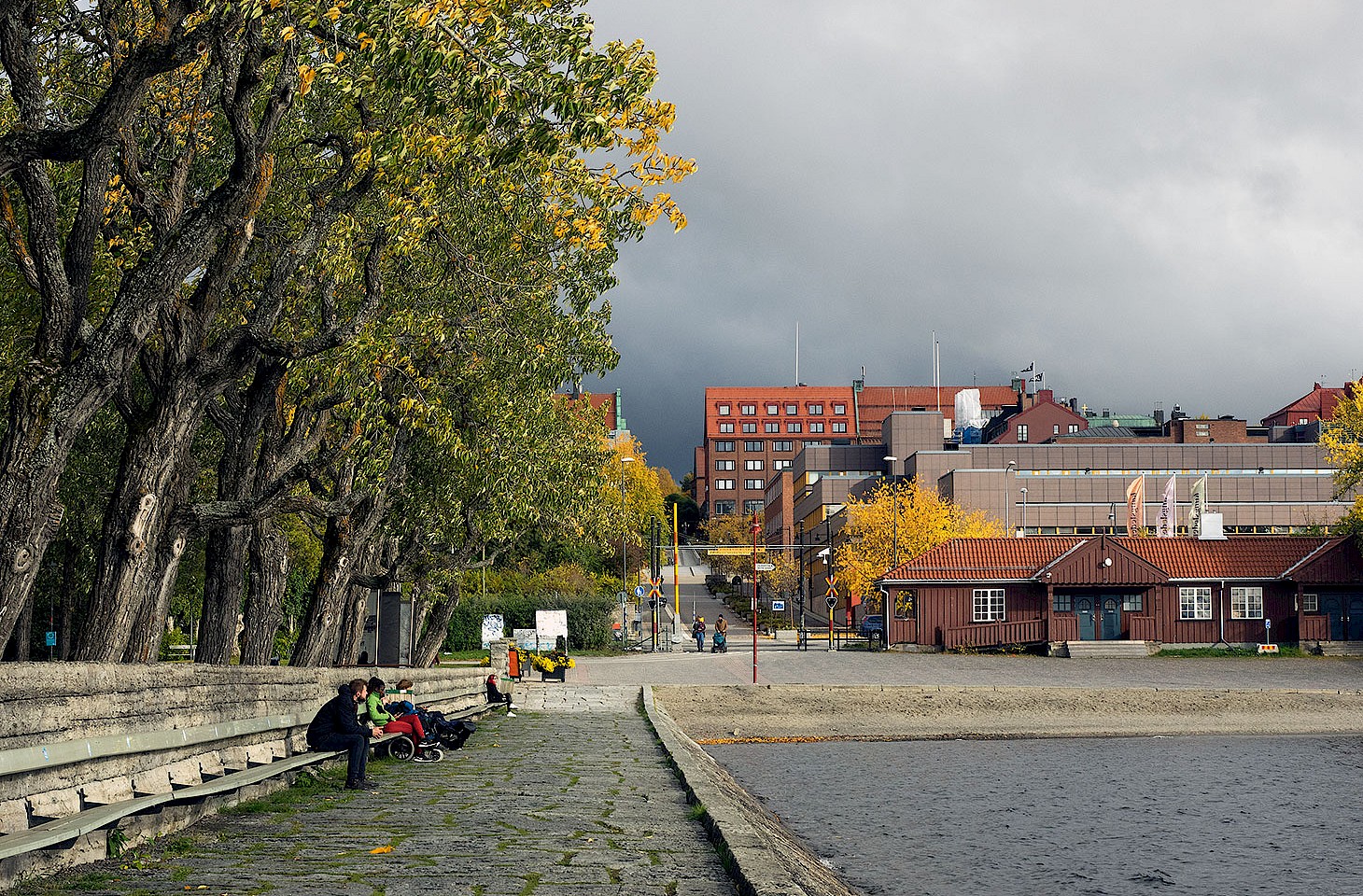Dear fellow travellers
We mentioned Trieste in our last e-brief really only en passant. So let us return to the Adriatic city that has so fired the imagination of writers over the last hundred years. Just think: Italo Svevo (whose novel Zeno's Conscience is thoroughly rooted in Trieste), the poet Umberto Saba, and of course James Joyce who taught English in Trieste. His very Irish novels are full of characters modelled on his Triestini friends, neighbours and pupils.
The city's magnetic appeal for writers has not waned. Some of the best modern Slovene literature comes from Trieste. Boris Pahor is just one of many celebrated Slovene writers who live in the city. The Italian writer Claudio Magris has lived in Trieste for more than three decades, and Jan Morris' Trieste and the Meaning of Nowhere is an evocative meditation inspired by the port city. Morris returned to the Trieste theme in her 2006 book Europe: An Intimate Journey, casting Trieste as "one of the continent's fulcra".
If the essence of Europe is distilled in any one city, then Trieste must surely be a strong candidate for the distinction. James Joyce rather affectionately described the place as Europiccola (Little Europe), and there really is something beguilingly different about Trieste - a city that deftly melds Habsburg restraint with a dash of Italian flair and a dose of Slavic style. East meets West in this outpost of central Europe on the Adriatic.
We wandered the streets of Trieste for several days, last Sunday morning taking in Palm Sunday services at two of the city's main churches: the impressive neo-classical Sant'Antonio Nuovo, used by the city's Roman Catholics, and the deliciously exotic Serbian Orthodox church. Palms may be the traditional liturgical accessory for Palm Sunday, but in Trieste both communities opted for olive branches. Latin and Orthodox Christians both waved their olive branches on the same day.
It is not so very often that the Easter cycle of feasts is celebrated on the same days across the whole of Europe, with both the Latin and Orthodox traditions finding calendrical unity. But it happens this year. In the twenty years from 1991 to 2010, Easter Sunday has been simultaneously celebrated by both traditions on just four occasions (including today). As it happens, the coincidence is repeated next year.
Trieste's places of worship really capture the beauty of the city. Take the synagogue, tucked away in a back street behind the Caffè San Marco. Or the Greek Orthodox church down on the Riva. James Joyce was fascinated by the place and regularly attended the Divine Liturgy there, though interestingly he always reverted back to the Roman Catholic tradition during La Settimana Santa (Holy Week in the run-up to Easter).
That's the appeal of Trieste. It is a city of shifting identities. It has shown allegiance to both Vienna and Rome - well, just enough allegiance to smooth the route to some profitable commerce. And it is a city that encourages its inhabitants to shift identities. Italo Svevo started life Jewish and ended up a Catholic. Guglielmo Oberdan had a Slovene mother, but still managed to cry out Viva l'Italia just before he was executed by the Austrians, so earning for himself the posthumous status of irredentist hero. Shifting and hard-to-place, that is Trieste. We heard Russian and Greek voices in the streets, we went to Italian and Serbian churches. It is a place where the happy heterogeneity of our continent (even, if you will, la désunion européenne) is laid bare. If the meaning of nowhere is ever to be discerned, Trieste is surely a good place to start the search.
So this Easter morning, in that classical church at the top of the Canal Grande, Trieste's Catholics celebrate while just a hundred metres away the sonorous tones of the Orthodox liturgy give a Serbian rendition of the same feast. Only today. Only in Trieste.
Nicky Gardner and Susanne Kries
(editors, hidden europe)


